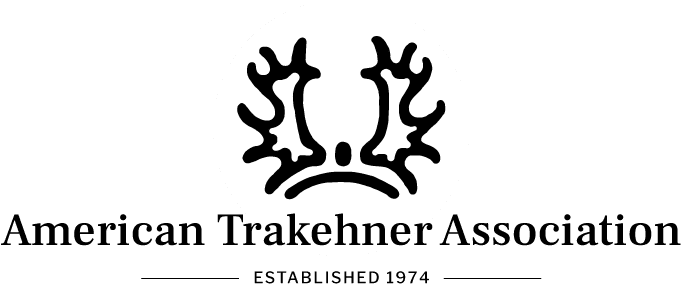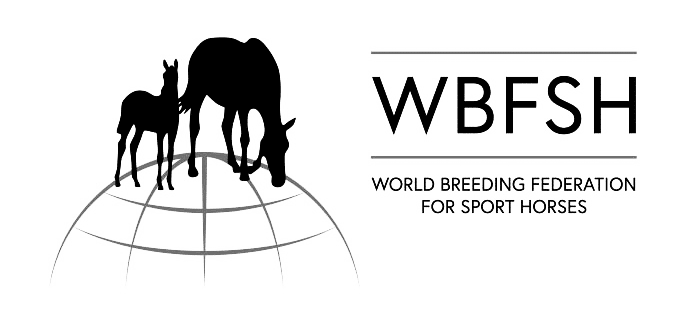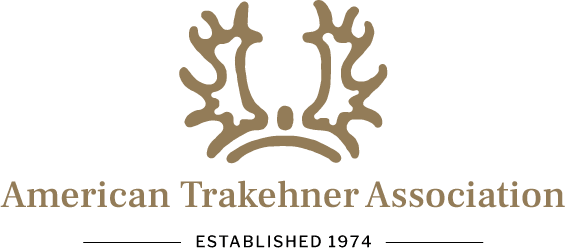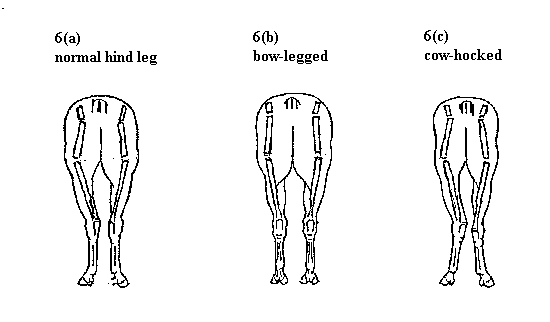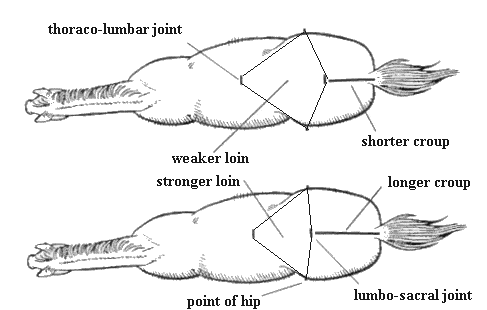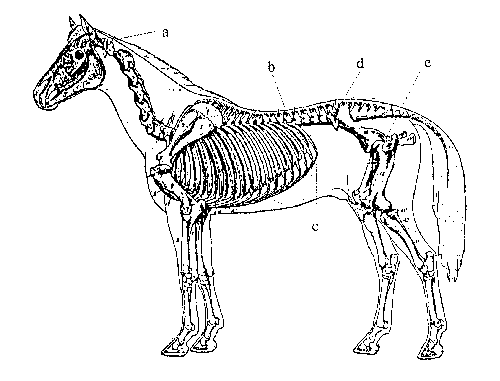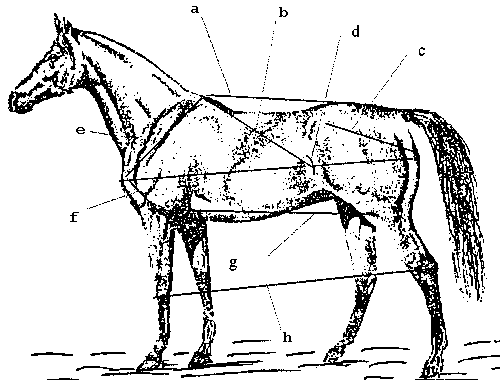The American Trakehner Association, Inc. (ATA) is a unification of the North American Trakehner Association (NATA) established in 1977 and the original American Trakehner Association (ATA) established in 1974. It is a public, non-profit organization composed of breeders, owners and friends of the Trakehner horse. The Association has grown from a beginning of 15 organizers into a vital forward-reaching organization with dedicated members in Germany and throughout North America. As stated in the Corporate Regulations, the purpose of the ATA is:
To establish, maintain, and operate a non-profit association of breeders, owners and friends for the promotion and preservation in the Western Hemisphere of the warmblood horse of Trakehner origin; to maintain a public registry of Trakehner horses: to mark, or brand, approved stallions, mares and foals with the Association’s corporate seal; to disseminate information to breeders, owners and friends pertaining to the breeding and raising of Trakehner horses: to promote the performance of the Trakehner horse in dressage, three-day eventing, hunting, jumping and driving; and generally do all the things appropriate to encourage a public understanding of the Trakehner horse, its breeding and performance.
The Association is thus committed to the selective breeding standards established in Trakehnen, East Prussia, in 1732, and being continued today in Germany. “… to encourage the development of a riding horse of beauty and harmony, great endurance, mental and physical balance, and possessing an excellent character.” By advocating selective breeding standards, maintaining a public registry, and encouraging the use of Trakehners in public equestrian activities, the Association expects to enhance the propagation of the horse in America for the benefit of the public.
Membership in the ATA is not limited to persons owning Trakehner horses and membership is encouraged by all who desire to support the purposes of the Association. However, because the ATA is a breed Association, only owners of full Trakehner horses are eligible to vote on matters pertaining to the registration or branding of horses. For the same reason, our all-important function of creating and maintaining a public registry of Trakehner horses focuses on the full and part-bred Trakehner horse. Preserving the original bloodlines of the breed is the ATA’s desire and duty to the Trakehner. To this end, the ATA maintains a close relationship with the German Trakehner Verband, the organization that has guarded the growth of the breed in Germany since 1947.
As with the horses they admire, the members of the ATA are characterized by an attitude – a glow of pride that permeates everything they do. Their dedication to the Trakehner and their sincere, unselfish desire to protect and promote its growth, gives rise to an enthusiasm that sweeps up everyone with whom they come in contact. They believe strongly in their horses and their attributes, and are happy to share them with all who would join with them in the development and preservation of the Trakehner breed.
